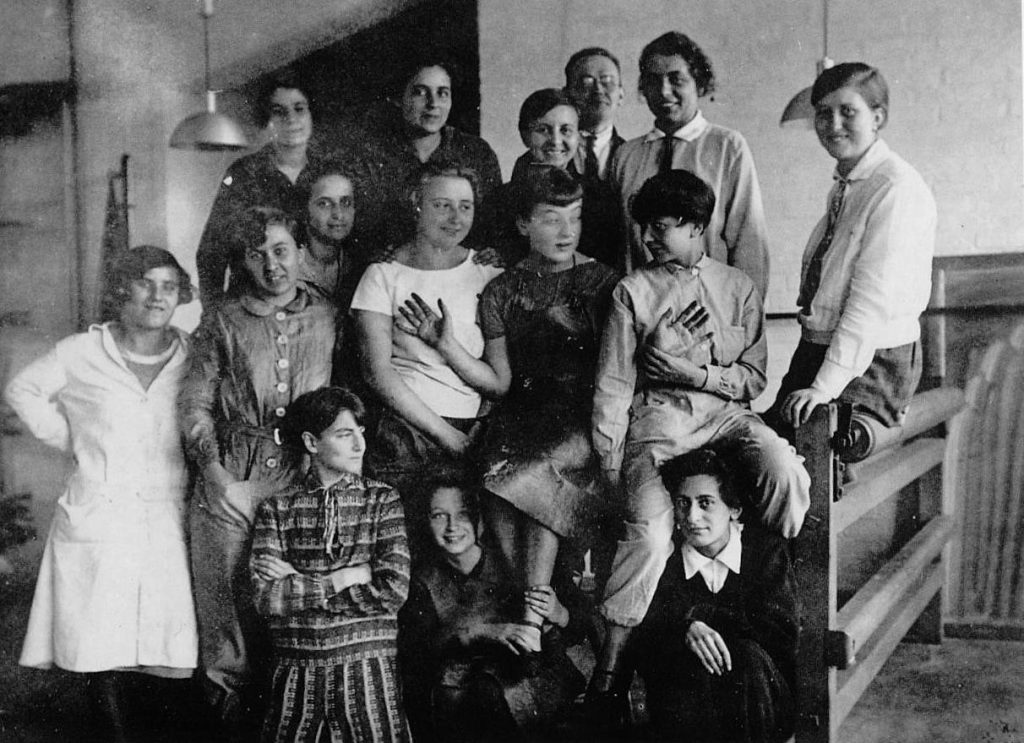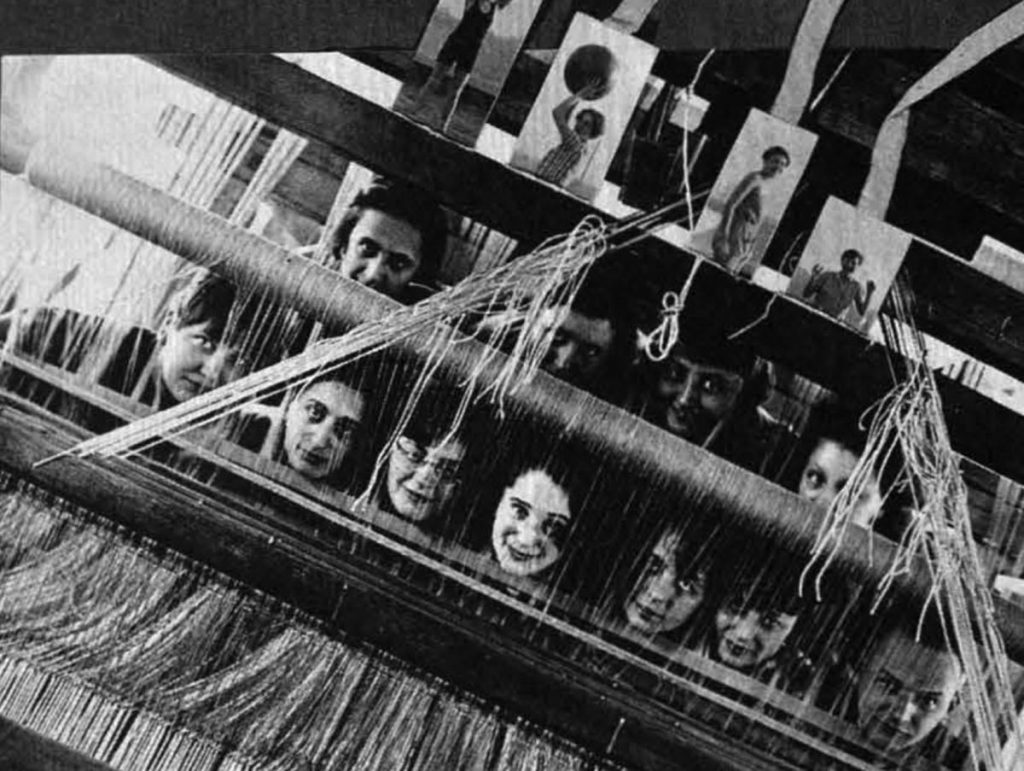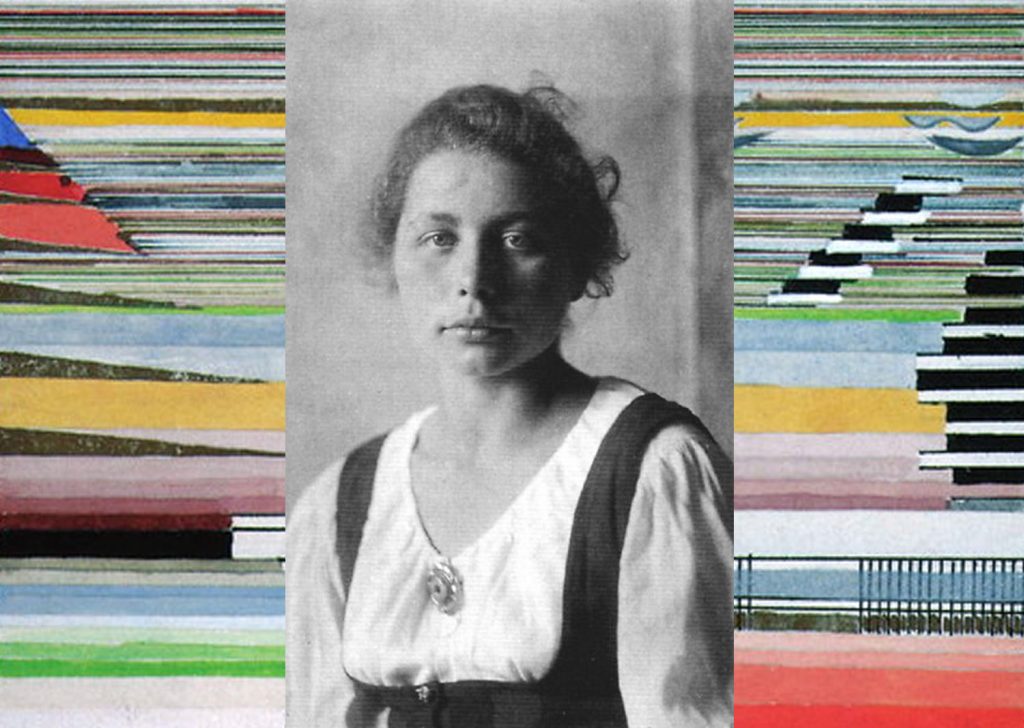Ladies in the Haus!
Bauhaus School of Design was founded by Walter Gropius in Weimar, Germany in 1919. The school’s idea was to move away from traditional ways of teacher and student practices and create an open community as the foundation of learning.

The school allowed “any person of good repute, regardless of age or sex” to be accepted in which was surprising for this time when women couldn’t receive public education in many fields, the arts being one of them. Even though the woman was technically allowed into this school they made sure to limit the intake as Gropius famously believed men had the capacity to think in three dimensions while women did not.

While Men in the Bauhaus were encouraged to be architects, sculptors, and painters women were told to stick to textile and weaving as it was commonly known to be “women’s work”.

Gunta Stölzl was the only female master at the Bauhaus. She was known for her intricate, wildly colourful designs. With her talent and grace was able to transform transformed the unpopular weaving school into one of the most successful departments, reaching a level of productivity never seen before at the Bauhaus.

Although the Bauhaus movement was largely populated by women, the work and artists that are remembered in art historical retellings are of men. Thankfully women Bauhaus artists such as Gunta Stölzl, Anni Albers, Marianne Brand, Gertrude Arndt and the many more are finally getting recognized in this decade for their important contributions.
Research: